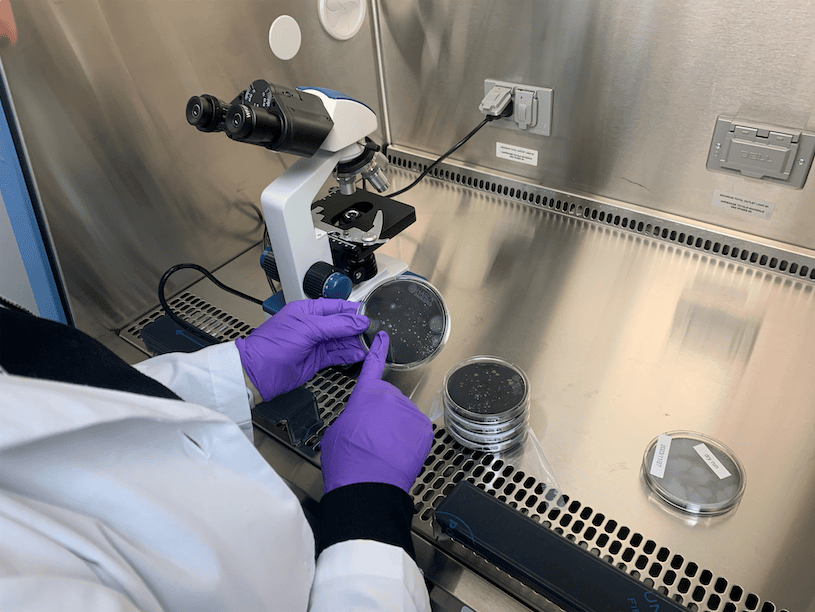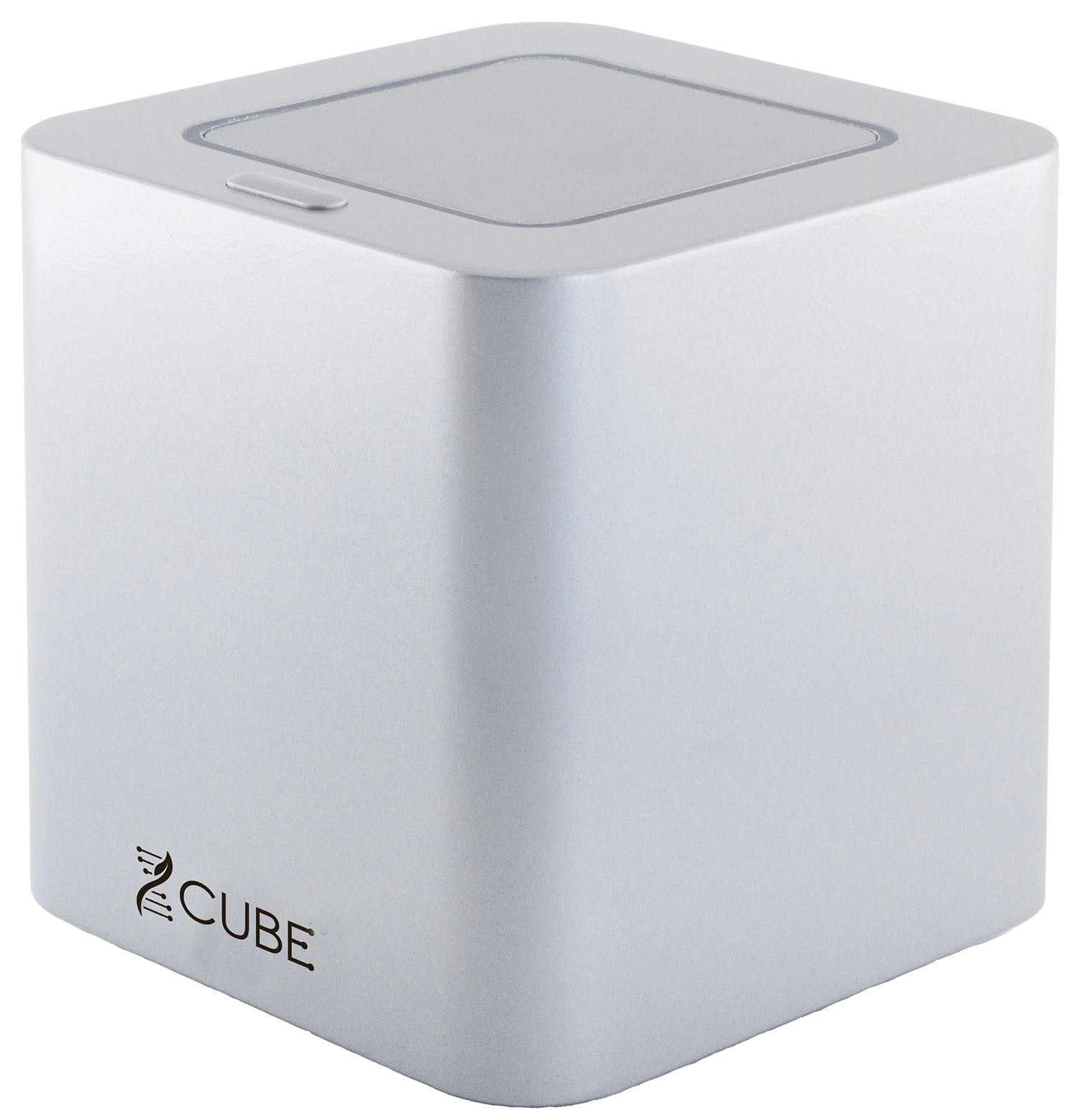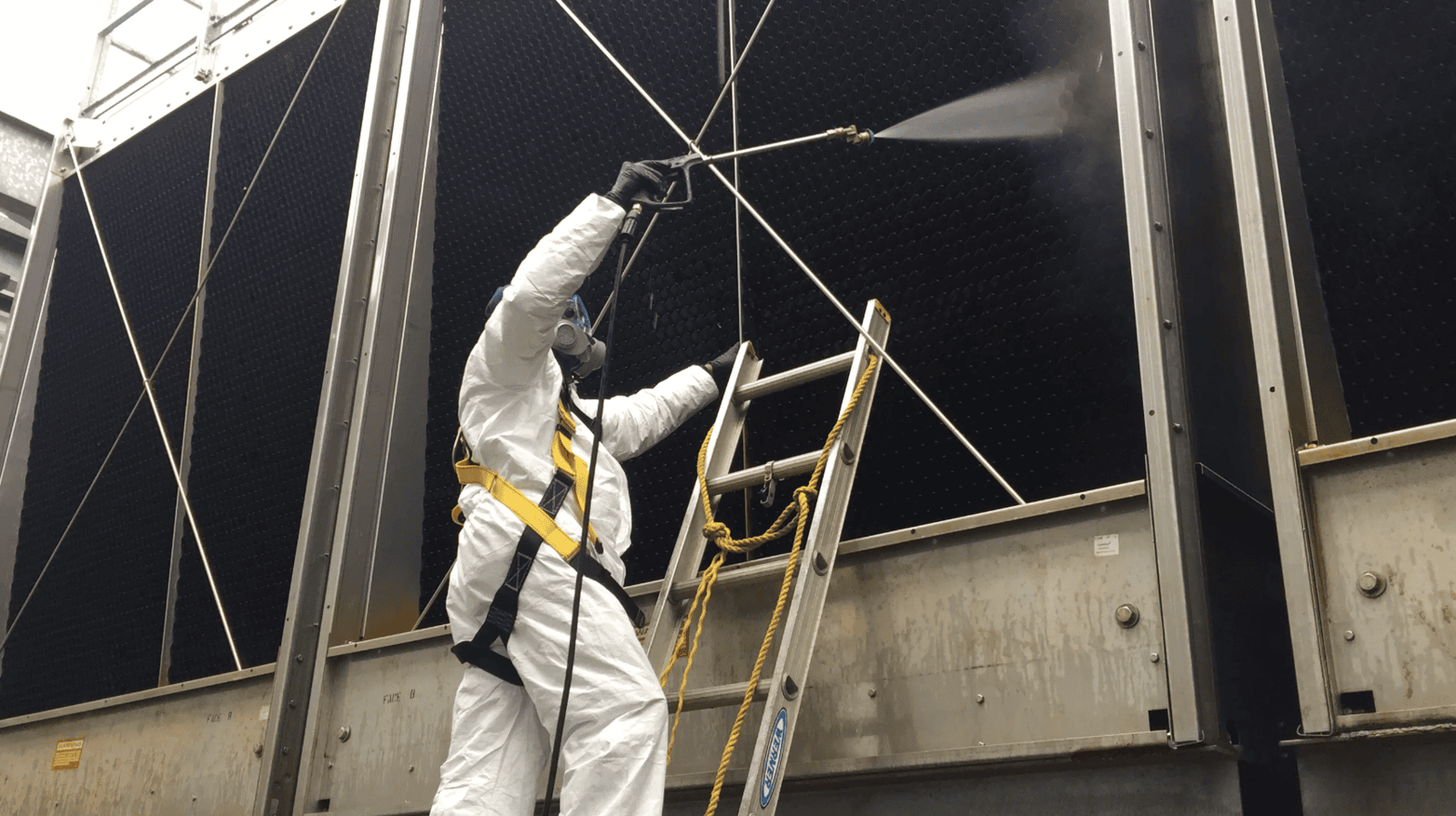What You Need to Know About Legionella.

What is Legionella?
Legionella is a name given to a genus of bacteria. There are over 37 different species within this group. Legionella pneumophila (for which 14 serogroups have been identified) is the species most commonly associated with disease outbreaks. Specifically, serogroups 1, 4 and 6 are most commonly associated with human illness.
How does Legionella get into a water treatment system?
Legionella pneumophila are rod-shaped bacteria and are commonly widespread in nature. They are found in rivers, lakes, streams, mud and soil samples. They are found in water and sludge in cooling towers. They are found in well water samples and are very common in domestic drinking water systems as well. They are even found in ice-dispensers, showers and sinks.
Sediment, sludge, biofilms, scale and organic materials can harbor the bacterium and promote growth. Water temps in the range of 68 °F to 113°F favor growth. It is uncommon to find proliferation at temperatures lower than 68°F.
How do people contract Legionella?
Legionella bacteria can be contracted by inhaling small droplets of water that contain the bacteria. This can occur when contaminated water is aerosolized and then inhaled into the lungs. Common sources of Legionella bacteria include:
- Cooling towers: These are used in large commercial and industrial buildings to cool water used in air conditioning systems. Cooling towers can release contaminated water droplets into the air, which can be inhaled by people in the vicinity.
- Hot water systems: Legionella bacteria can grow in hot water tanks, especially if the temperature is not maintained at a high enough level to kill the bacteria. People can inhale Legionella-contaminated water droplets from showers, faucets, and other water sources.
- Decorative fountains: Fountains that use water can release contaminated droplets into the air, which can be inhaled by people nearby.
- Whirlpool spas and hot tubs: These can be a source of Legionella bacteria if the water is not properly maintained and disinfected.
- Mist machines: Machines that produce a fine mist, such as those used in grocery store produce sections, can release contaminated water droplets into the air.
It's important to note that Legionnaires' disease is not spread from person to person and is only contracted by inhaling contaminated water droplets. Additionally, not everyone who is exposed to Legionella bacteria will develop Legionnaires' disease. People who are at higher risk for developing the disease include those who are older, have weakened immune systems, or have underlying medical conditions such as chronic lung disease or diabetes.
To reduce the risk of Legionnaires' disease, it's important to properly maintain and disinfect water systems and to regularly test for Legionella bacteria. If you suspect that your water system may be contaminated with Legionella bacteria, it's important to contact a qualified water treatment professional for guidance on appropriate control measures.
How Widespread is Legionella?
Cooling towers and domestic hot systems provide ideal environments for legionella pneumophila to grow and flourish. The relatively warm water temperatures and difficulty feeding persistent biocides

How do I test for Legionella?
There are multiple testing methods available. The most common methods include:
- Culture testing: This method involves collecting a water sample and then culturing it in a laboratory to detect the presence of Legionella bacteria. This is considered the gold standard for Legionella testing, but it can take several days to get results.
- Polymerase chain reaction (PCR) testing: This method uses molecular techniques to detect Legionella DNA in a water sample. PCR testing can be faster than culture testing and can provide results within 24-48 hours.
- Immunological testing: This method involves using antibodies to detect Legionella bacteria in a water sample. This method is less commonly used than culture and PCR testing but can provide results within a few hours.
Jaytech uses a new and innovative qPCR testing technology to get results even faster. This method allows a sample to be processed in 45 minutes giving our customers a turn around time of 45 minutes-3 days depending on sample ship time. This allows our customer to generate better test results quicker and overall improving the remediation process. For more information on rapid results testing, click the button at the bottom of this article.
It's important to note that Legionella testing should be performed by a qualified laboratory that is accredited for Legionella testing. The laboratory should follow established protocols for sample collection, handling, and testing to ensure accurate and reliable results.
When testing for Legionella, it's important to collect samples from various points in the water system, including hot water tanks, cooling towers, and decorative fountains. The sampling plan should be designed based on the specific water system and the risks associated with Legionella growth.
If Legionella bacteria are detected in a water system, it's important to take immediate action to control the growth and prevent further spread of the bacteria. This may involve disinfecting the water system, flushing water lines, and implementing control measures to prevent future growth. A qualified water treatment professional can provide guidance on appropriate control measures for your specific water system.

What are some of the warning signs that my system may have Legionella?
Often there will be no warning. In open systems where the sump can be seen, it may be apparent that there is a biofilm or algal growth. This is not always an indicator that legionella will for sure be detected. Additionally, a sump that is clean in appearance may also test positive for the bacteria.
In closed or domestic systems, only intermittent testing will provide an idea of the health of the system.
How long does Legionella remediation take to complete?
There are multiple methods for legionella remediation. Domestic systems may be remediated by use of an oxidizing biocide or increasing the temperature of the system. Both options have pros and cons, and both will have varying procedures based on the nature of the system being remediated. Open utility systems, such as cooling towers, must be chemically remediated and usually can be done in 48 hours or less, not including the re-test procedure.

What action should I take if my system tests positive for Legionella?
A positive test can mean many things. Basically, more or less legionella may be detected. Depending on the type of system, and the amount of legionella detected, your remediation requirements will vary.
Domestic System: For domestic systems, or potable water, such as showers, faucets, and ice machines, remediation can be as simple as a system flush. More complicated scenarios can involve elevating water temperatures or on-site biocide addition. Any deadegs of piping should be identified and addressed.
Utility System: Utility systems, such as a cooling tower, will need to be remediated chemically. Again, this can mean different things depending on the severity of the issue and human occupancy.
What is a water management program and who is required to have one?
A water management program is a comprehensive plan that is designed to identify and control potential sources of Legionella bacteria growth in building water systems. The goal of a water management program is to reduce the risk of Legionnaires' disease, a severe form of pneumonia caused by Legionella bacteria that can be contracted by inhaling mist or vapor contaminated with the bacteria.
Water management programs typically involve a combination of measures to prevent Legionella growth and proliferation, including:
- Identifying and assessing potential sources of Legionella growth, such as cooling towers, hot water tanks, and decorative fountains.
- Implementing control measures to prevent Legionella growth, such as maintaining proper temperature and disinfectant levels in water systems.
- Conducting regular monitoring and testing for Legionella bacteria in water systems.
- Developing response plans in the event of a Legionella outbreak.
- The development and implementation of a water management program is recommended by various health organizations and regulatory agencies, including the Centers for Disease Control and Prevention (CDC) and the Occupational Safety and Health Administration (OSHA).
In the United States, a water management program is required for certain facilities, including healthcare facilities and long-term care facilities, that are regulated by the Centers for Medicare and Medicaid Services (CMS). Additionally, some states and local jurisdictions have their own regulations regarding water management programs for certain types of facilities, such as hotels and resorts.
Even if your facility is not required by law to have a water management program, it is still a good idea to implement one as a proactive measure to protect the health and safety of building occupants.
Why should I trust Jaytech with my Legionella testing?
For over 45 years Jaytech has been a leader in our industry and we have been consulting on Legionella testing and remediation.
Jaytech offers a faster in house turn around time on Legionella testing both for peace of mind and remediation period, delivering results in 3 days or less.
Jaytech leads the water treatment industry with the most CWTs, the most highly qualified education for water treatment. There is no one more qualified to design a water treatment plan for you.
1. 45-year track record.
2. Rapid qPCR Testing
3. Jaytech offers more CWT specially qualified Reps.

